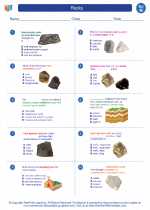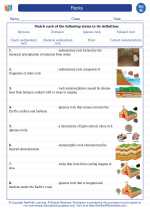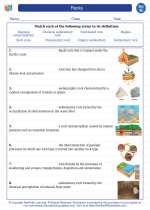Magnetic Force
Magnetic force is a fundamental force of nature that is associated with the attraction or repulsion between electrically charged particles. This force is due to the motion of electrically charged particles (such as electrons) and is a key component of electromagnetism.
Magnetic Field
The magnetic force is produced by the presence of a magnetic field, which is a region in space where a magnetic material or a moving electric charge experiences a force. The magnetic field is represented by magnetic field lines, which indicate the direction of the force that a north magnetic pole would experience at any given point in space.
Properties of Magnetic Force
1. Attraction and Repulsion: Like magnetic poles repel each other, and unlike magnetic poles attract each other.
2. Strength of Force: The strength of the magnetic force depends on the magnitude of the magnetic field and the charge of the particles experiencing the force.
3. Direction of Force: The direction of the magnetic force on a moving charged particle is perpendicular to both the direction of the magnetic field and the direction of the particle's velocity.
Applications of Magnetic Force
Magnetic force has various practical applications, including the operation of electric motors, generators, magnetic levitation trains, and magnetic resonance imaging (MRI) machines in the field of medicine.
Study Guide
To understand magnetic force, it's important to grasp the following concepts:
- Understanding the nature of magnetic fields and how they are produced.
- Recognizing the properties of magnetic force, including its strength and direction.
- Exploring the applications of magnetic force in everyday life and technology.
Practice exercises involving the calculation of magnetic forces on charged particles in magnetic fields and the determination of the direction of the forces. Additionally, explore real-world examples of magnetic force in action, such as the operation of electric motors and the use of MRI machines in healthcare.
Feel free to reach out if you have any more questions!
.◂Science Worksheets and Study Guides Eighth Grade. Rocks

 Worksheet/Answer key
Worksheet/Answer key
 Worksheet/Answer key
Worksheet/Answer key
 Vocabulary/Answer key
Vocabulary/Answer key
 Vocabulary/Answer key
Vocabulary/Answer key
 Vocabulary/Answer key
Vocabulary/Answer key
